At the end of the 19th century and the start of the 20th a company began with the idea of buying and building sanitary affordable homes in Washington, DC. That company was the Washington Sanitary Improvement Company (WSIC) and their experiment in charitable capitalism came to an end in the early 1950s. This blog will attempt to look at the Truxton Circle area properties sold off from WSIC to regular people.
Attempt. The 45 Bates St NW post had some confusion and lo, this one isn’t any better. Once again it appears they sell the one property to two different people and goodness gracious, I am confused. But let’s try to sort this out.
 So like 45 Bates Street the Truxton Circle (and other parts of DC) lots owned by WSIC are sold off in one big lot to three men, business partners, Nathaniel J. Taube, Nathan Levin and James B. Evans for $3 million dollars in June of 1950.
So like 45 Bates Street the Truxton Circle (and other parts of DC) lots owned by WSIC are sold off in one big lot to three men, business partners, Nathaniel J. Taube, Nathan Levin and James B. Evans for $3 million dollars in June of 1950.
They sold a one-half (1/2) interest in 43 Bates Street to Mrs. & Mr. Elizabeth and Neal Nelson on January 26, 1951. The Nelson’s borrowed $2,525.
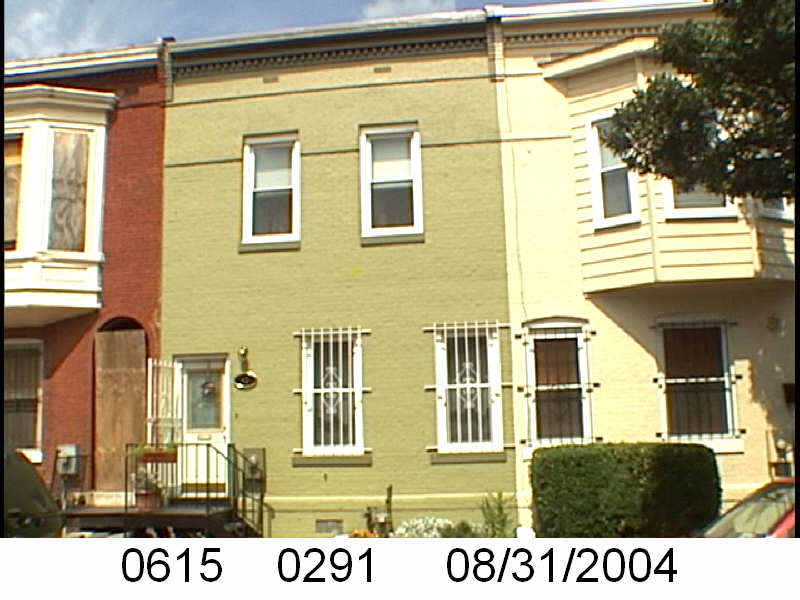 That same day the business partners sold the other 1/2 interest to Mrs. Irene Brown, Mr. James E. Rogers and his wife Perlina Rodgers. The three also borrowed $2,525 from the same trustees as the Nelsons, Abraham H. Levin and Robert G. Weightman. However their ownership didn’t last very long and they went into foreclosure in September 1952.
That same day the business partners sold the other 1/2 interest to Mrs. Irene Brown, Mr. James E. Rogers and his wife Perlina Rodgers. The three also borrowed $2,525 from the same trustees as the Nelsons, Abraham H. Levin and Robert G. Weightman. However their ownership didn’t last very long and they went into foreclosure in September 1952.
Hickman and Bernice Leathers replaced the Rogers and Brown, buying 1/2 interest in the property in October 1952. The borrowed $3,173.94 from trustees Levin & Weightman. Their ownership only lasted until March 1954, with another foreclosure.
I’m just going to note. Something doesn’t feel right about this. Something feels, predatory. Okay, back to the land records….
In April 1954, Levin, Taube, and Evans sell the one-half interest to three ladies, Leotta Francis, Isabell and Rosalie Forde. They borrow $3,186.77 from trustees Levin & Weightman. In January of 1958, the ladies sell the property back to Nathaniel J. Taube and James B. Evans and new partner, Harry A. Badt.
With two foreclosures with the other half of 43 Bates, I wondered how long the Nelsons lasted. They lasted until March 1958, with a foreclosure.
And then it gets more confusing.
In an August 1958 deed, Harry A. Badt and his wife Jennie sell off several parts of properties, of which one-half interest of 43 Bates NW is one. They sold 1/2 of 34 Bates St NW, 1/2 of 55 Bates St NW, half of 43 Bates St NW, half of 34 O St NW, half of 1216 Carrollsburg PL SW and 1/4 interest in 1235 Simms PL NE to four people. Of the set, Rose Levin got 3/9th interest, Lawrence L. Levin got 2/9th interest, Myron S. Levin also got 2/9th interest, as wells as Ruth Wagman with 2/9th interest.
In 1959 George Basiliko, whom the Washington Post referred to as a “slum lord”, bought a slew of Bates Street and other Truxton Circle properties from the heirs of and remaining living owners of the original 3 businessmen. There were a lot of people and a number of properties, but in short, 43 Bates was one of the properties in this batch. George and wife Sophia Basiliko borrowed $73,500 for the group of properties from Telsyndicate where James B. Evans and Nathaniel Taube were the trustees. This document was followed a few months later by an agreement binding the Basilikos, Evans and Taube and Telsyndicate, noting the Basilikos secured funding from the Perpetual Building Association.
George Basiliko, owned the property until the late 1970s? I can’t find a deed transferring the property but the next owner appears to be DC’s Redevelopment Land Agency (RLA). And there was that whole scandal in the 1970s forcing Basiliko to sell off his Truxton Circle properties.

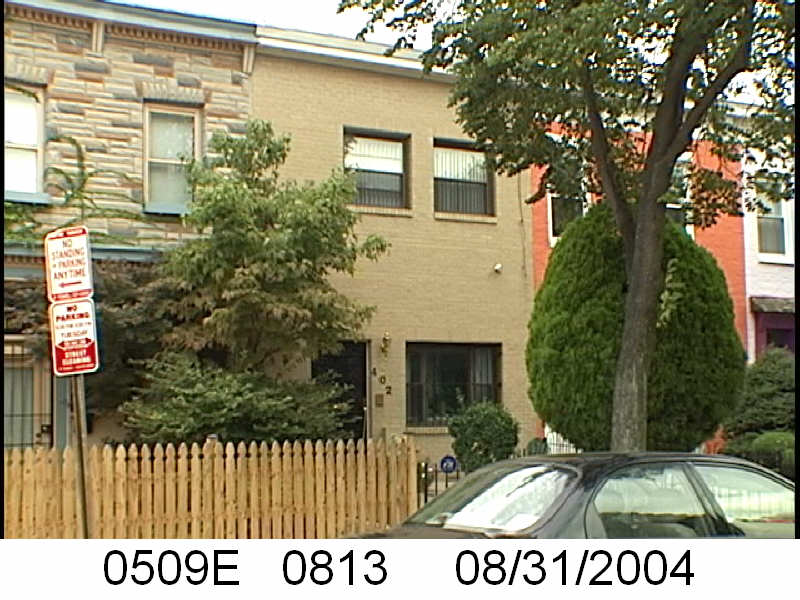
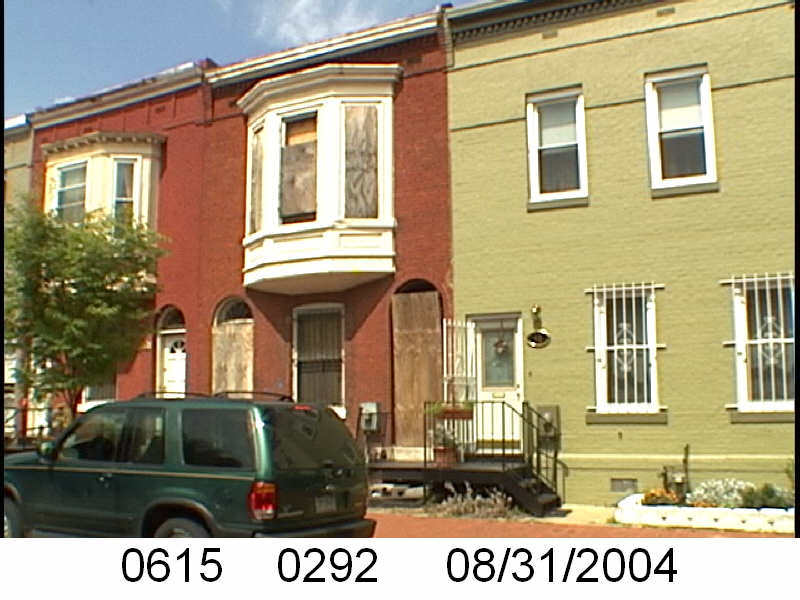
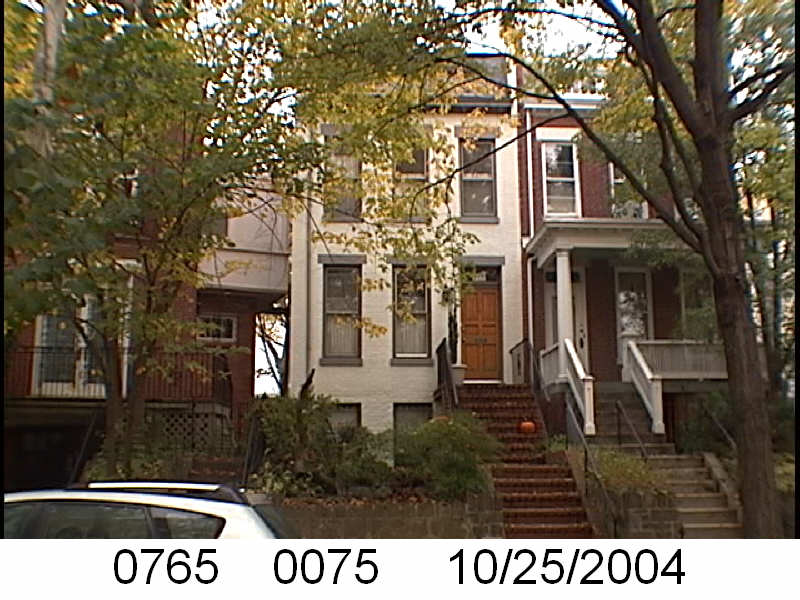
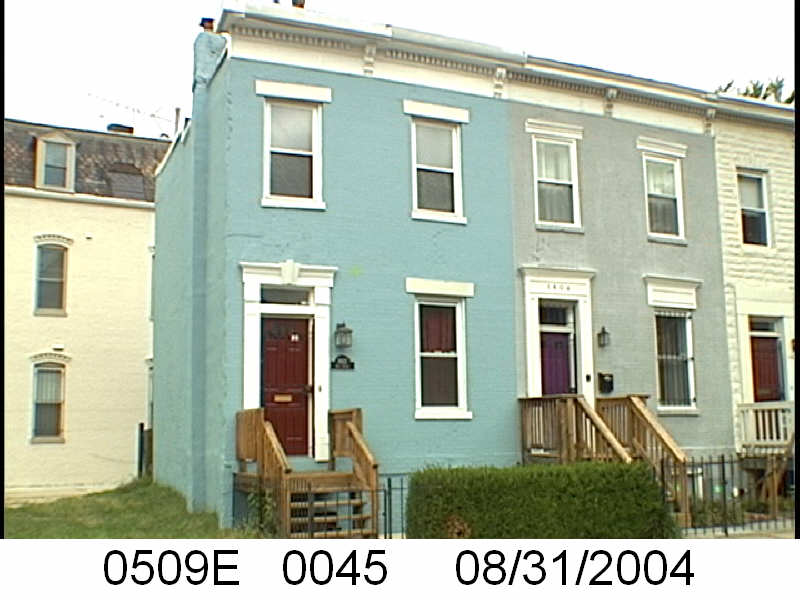
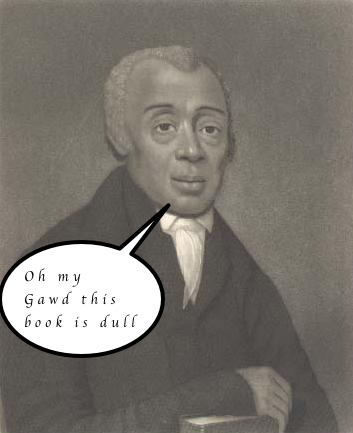

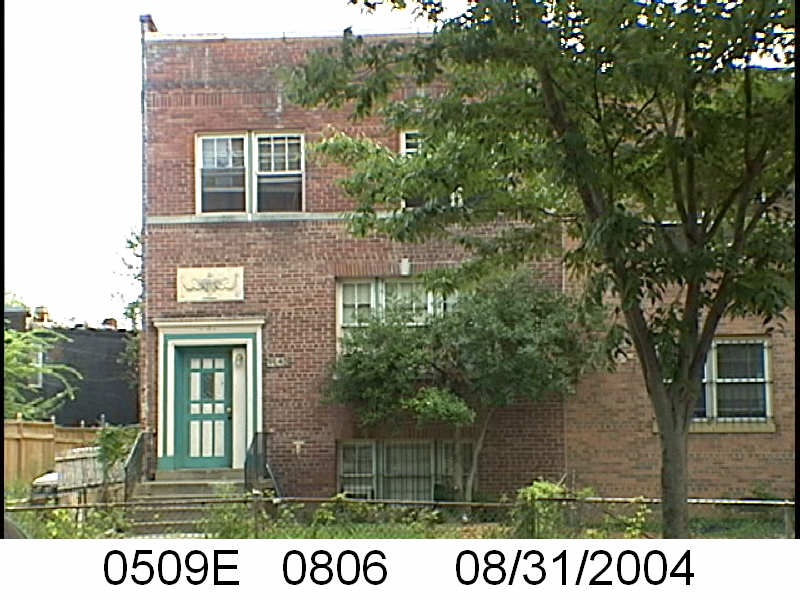 The problem with Frank Freeman is that the earliest record is from 1939. The other problem is he’s one of those owners who seemed to use their house like an ATM.
The problem with Frank Freeman is that the earliest record is from 1939. The other problem is he’s one of those owners who seemed to use their house like an ATM.